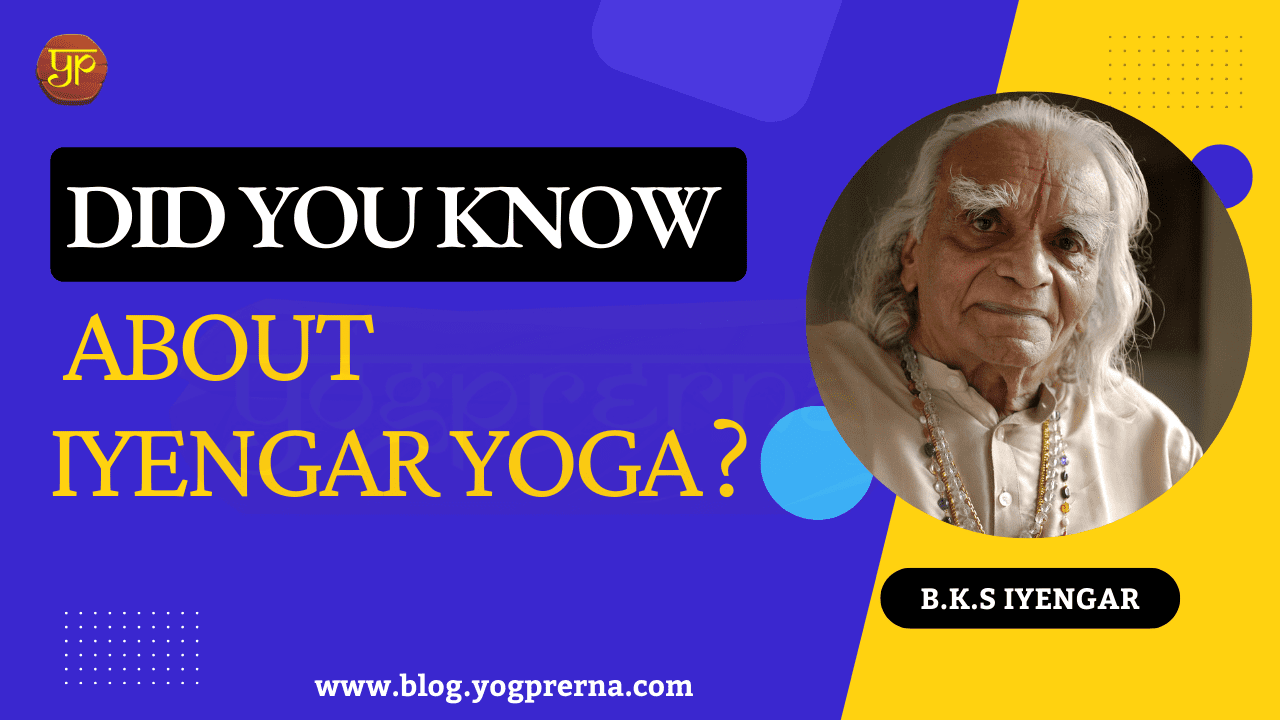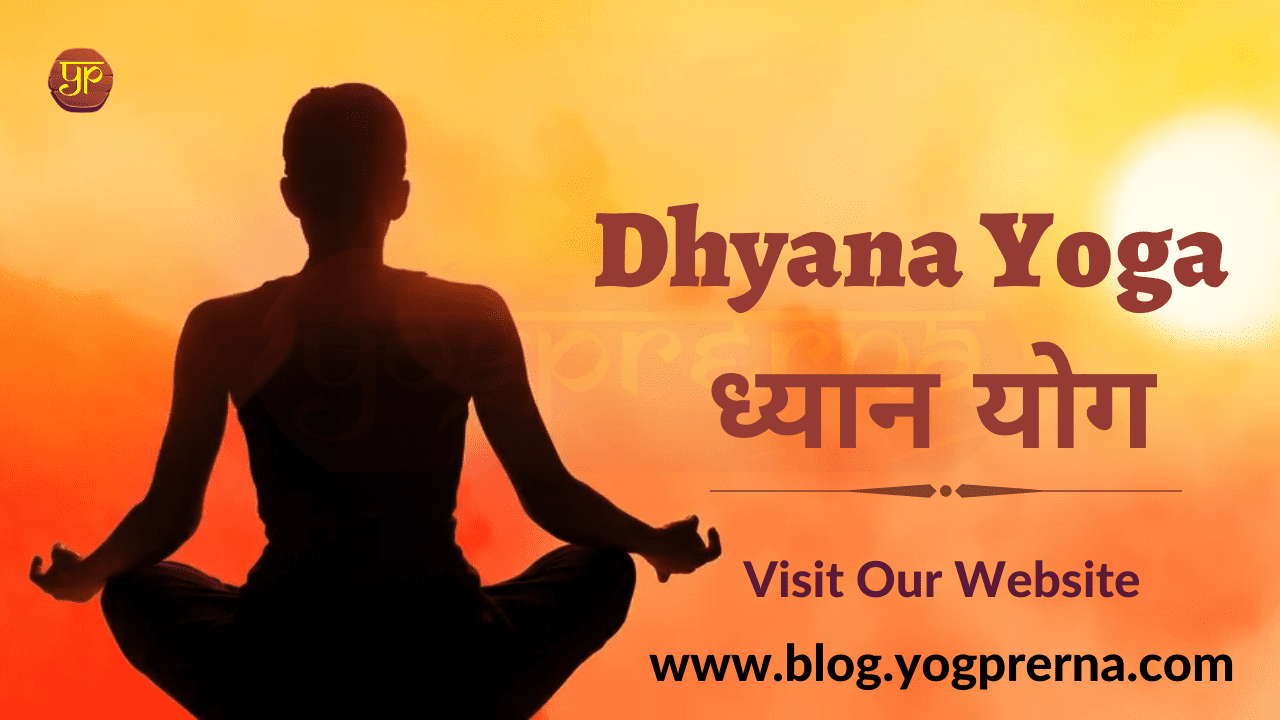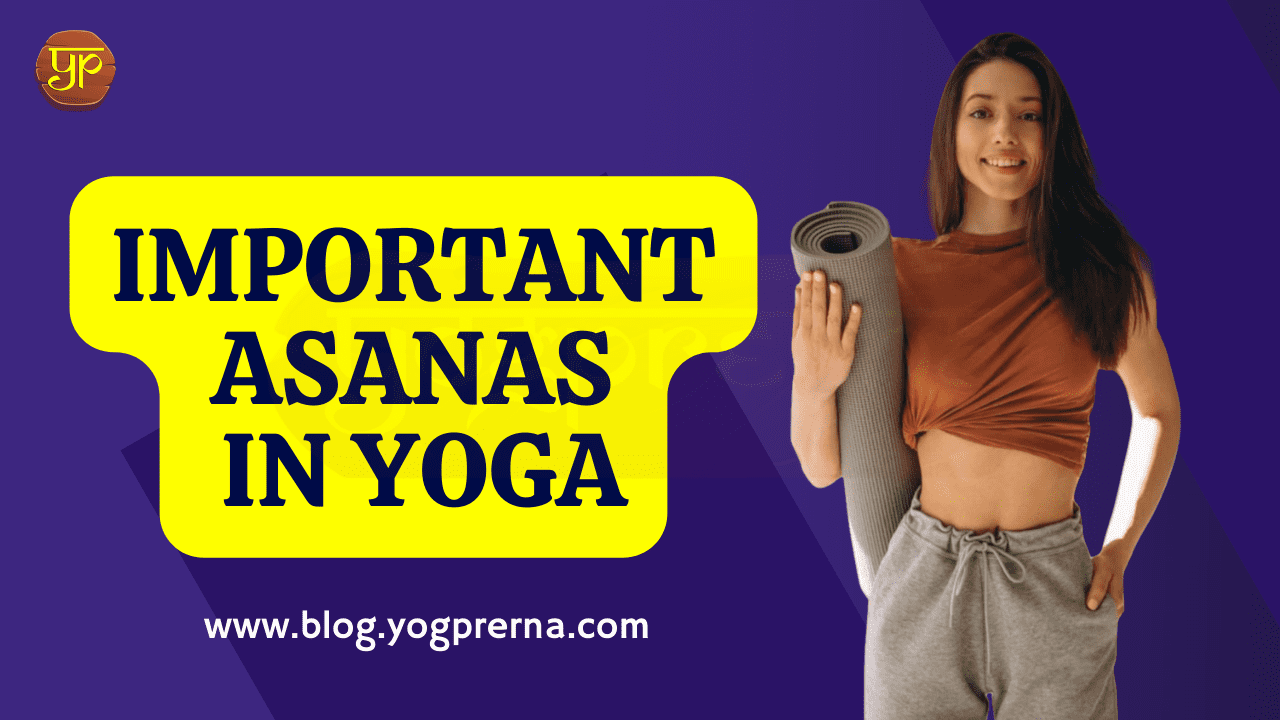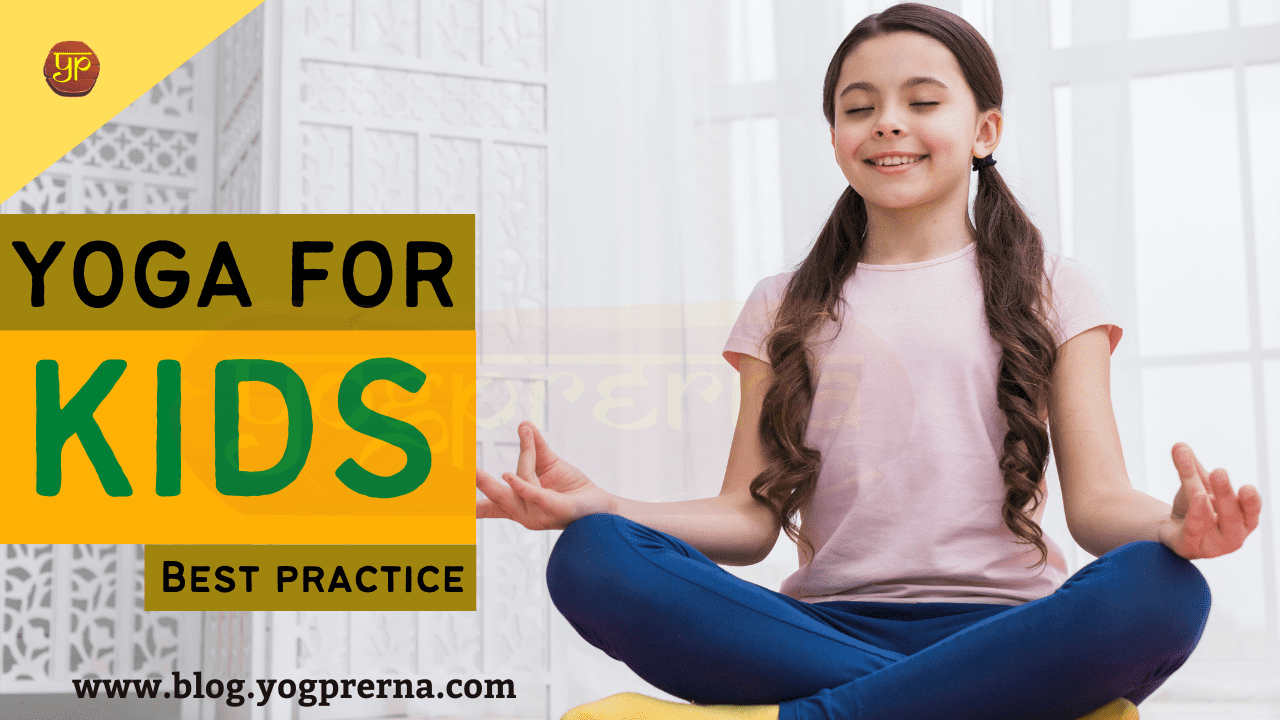What is BKS Iyengar Yoga Poses?
BKS Iyengar Yoga Poses is a yoga method conceived and developed by Yogacharya B.K.S. Iyengar over 75 years ago. Mr. Iyengar dedicated his life to the advancement of his yoga philosophy, which is based on the ancient eight limbs of yoga established by the sage Patanjali over 2500 years ago. Mr. Iyengar considered yoga to be more than just a physical discipline; it is also an art, a science, and a philosophy, which he created using his mind.
Iyengar Yoga is suitable for individuals of all ages and physiques. It is noted for its emphasis on technique and synchronization, as well as the usage of props developed by Mr. Iyengar to assist the trainee in accomplishing the objective in any yoga practice. Iyengar Yoga combines the body, mind, and emotions with routine training.
Who is “B.K.S Iyengar”?
Yogacharya Sri B.K.S Iyengar was born on December 14, 1918, in Bellur, India, and has studied and practiced yoga for almost 85 years. T. Krishnamacharya (generally known as “The Father of Modern Yoga”) was B.K.S Iyengar’s mentor, and he began his yoga studies with him at an early age.
In the 1970s, B.K.S Iyengar introduced yoga to the west, and his book ‘Light on Yoga’ has served as a reference for thousands of yoga students around the world. He taught yoga to individuals on all five continents for over 75 years, making it available and meaningful to everyone. Many of the yoga postures we use today were designed by him, and he researched the health advantages as a treatment for a variety of severe medical disorders. If you want to learn more about the benefits of Iyengar Yoga for medical issues, check out Yogamatters’ collection of Iyengar Yoga Books.
On August 20, 2014, one of the greatest yoga teacher died at the age of 95.
Why is “Iyengar Yoga” Unique?
Anyone and everyone can benefit from BKS Iyengar yoga poses. It is the most extensively practiced yoga style in the world. Iyengar yoga teachers are well-trained and experienced in assisting students in determining their own level of difficulty in each position. Props come in handy here to make each position more approachable to everyone.
Iyengar Yoga lays its focus on three main aspects: (a) alignment, (b) sequencing, (c) timing
Alignment: Maintaining the intended stance while respecting the body’s boundaries is what alignment implies. Iyengar yoga urges students to utilize props to help them stay in an asana without risking injury. Body, mind, and breath can all be balanced with effective alignment.
Sequencing: The order in which the postures are performed is referred to as sequencing. This allows for a supportive and safe advancement of the poses, as well as the physical and mental body’s ‘opening’ and equilibrium.
Timing: BKS Iyengar yoga poses are held for longer periods of time than Vinyasa yoga poses. When a pose’s stability is established, the depth of the posture can be safely increased. This aids in the development of strength and endurance, as well as sensitivity and awareness of the body-mind connection.
What to expect from Iyengar Yoga Class?
The way postures are taught in an BKS Iyengar yoga poses class is the same all around the world. Every teacher would choose a set of poses for a particular class for a particular reason, yet each stance will be the same in principle regardless of the teacher or location. As a result, you may walk into any Iyengar class and feel right at home.
Standing postures will be the focus of a Beginners’ Iyengar yoga session so that you may learn the basics of how to adjust and position the body appropriately. Even when you’ve mastered the most advanced poses, you should continue to study standing poses since they provide as a foundation for moving on to more complex postures.
Iyengar teachers are all required to complete extensive training in order to provide you with the expert guidance you require. A properly qualified Iyengar teacher always carries the Iyengar Yoga Certification Mark.
An Iyengar yoga session should consequently contain excellent technique and sequencing, as well as a safe, logical progression of yoga poses. When necessary, the well-trained teacher will provide a clear example and explanation, as well as personalized correction and improvement.
Benefits of BKS Iyengar Yoga Poses
Iyengar Yoga offers many physical and mental benefits to the practitioners. The top benefits are listed below:
Increase Flexibility
You don’t have to be able to touch your toes to do Iyengar, but if you do, it could be one of the adverse effects. Iyengar yoga is a gradual, peaceful, yet challenging practice that leads the practitioner through one-minute stretches. Props are used to help trainees hold postures without causing pain or injury, whether they are beginners or advanced.
Toned muscles
The physical effort of holding each pose will help you grow strength in both your body and mind, in addition to stretching your muscles.
Because Iyengar uses the entire body, your attention is drawn not just to the major muscle, but also to the muscles’ connections to other body parts, which you are encouraged to engage as well. As a result, you’ll have a full-body toning sensation as well as a refinement in your awareness of your muscles’ inner workings within the body.
Relief in Pain
Iyengar yoga’s ability to relieve back and neck pain has been proven in many studies. Much of the sagging, bending down, and muscle weakness that leads to back and neck pain can be remedied with this practice by focusing on alignment. Iyengar yoga also helps to stretch back muscles and reduce pain-inducing strain.
Posture Correction
Iyengar yoga strengthens the muscles of the body that are crucial for postures, such as the legs, back, and core, by focusing on alignment. The little muscles that are typically overlooked become stronger with slight changes to enhance alignment. As a result, you’ll notice that you’re sitting and standing upright, giving you more energy, reduced pain, and more comfort.
Composed Mindset
Iyengar yoga pushes you to focus on the precise alignment of your body while you’re in the asana or position, withdrawing distracting thoughts and helping you to be fully present. It’s similar to meditation in that the more you practice it, the calmer your mind will become.
Improved breathing
Iyengar recommends you to concentrate on your breath while holding your asana and analyzing your alignment. Many of us, whether we notice it or not, hold our breath when we are stressed. The more you practice e-breathing via Iyengar yoga, the less you’ll hold your breath subconsciously, allowing more oxygen to reach your brain. Whether in a beginner’s, slow flow, or vinyasa session, Iyengar yoga can help you enhance your awareness of how you arrange your body.
Less Prone to diseases
When the body’s natural functions don’t work as they should, the disease can develop. From the circulatory and lymphatic systems to the neurological system and digestion, Iyengar yoga helps to improve the overall functioning of the body.
Organs are hydrated, toxins are eliminated, and the risk of certain diseases is reduced when the body’s systems are functioning optimally.
Read more about: What is Asana in Yoga || Different types of Yoga Asanas
Frequently Asked Questions (FAQ)
-
What is BKS Iyengar Yoga Poses?
BKS Iyengar Yoga is a yoga method conceived and developed by Yogacharya B.K.S. Iyengar over 75 years ago. Mr. Iyengar dedicated his life to the advancement of his yoga philosophy, which is based on the ancient eight limbs of yoga established by the sage Patanjali over 2500 years ago.
-
How many Iyengar Poses are there?
The traditional Hatha yoga served as the foundation for the Iyengar form, which focuses heavily on each pose’s technique and details. Iyengar focuses on many breathing techniques in addition to more than 200 physical poses (asanas) (pranayamas).
-
Why Iyengar Yoga is the best?
Iyengar yoga helps in posture improvement by strengthening the muscles of the body like legs, back, and core that are involved in balance. The little muscles that are usually neglected get stronger with simple alignment changes.
-
How often should you practice Iyengar Yoga?
A regular practice of 15 minutes is beneficial than a weekly practice of two hours. Everyone has to find time for practice in their lifestyles, within their limits and in accordance with their goals. BKS Iyengar used to practice for 8 to 10 hours every day as a young man.





